An international jury, comprised of Rein Desle, curator and editor at FoMu Photo Museum Antwerp;…
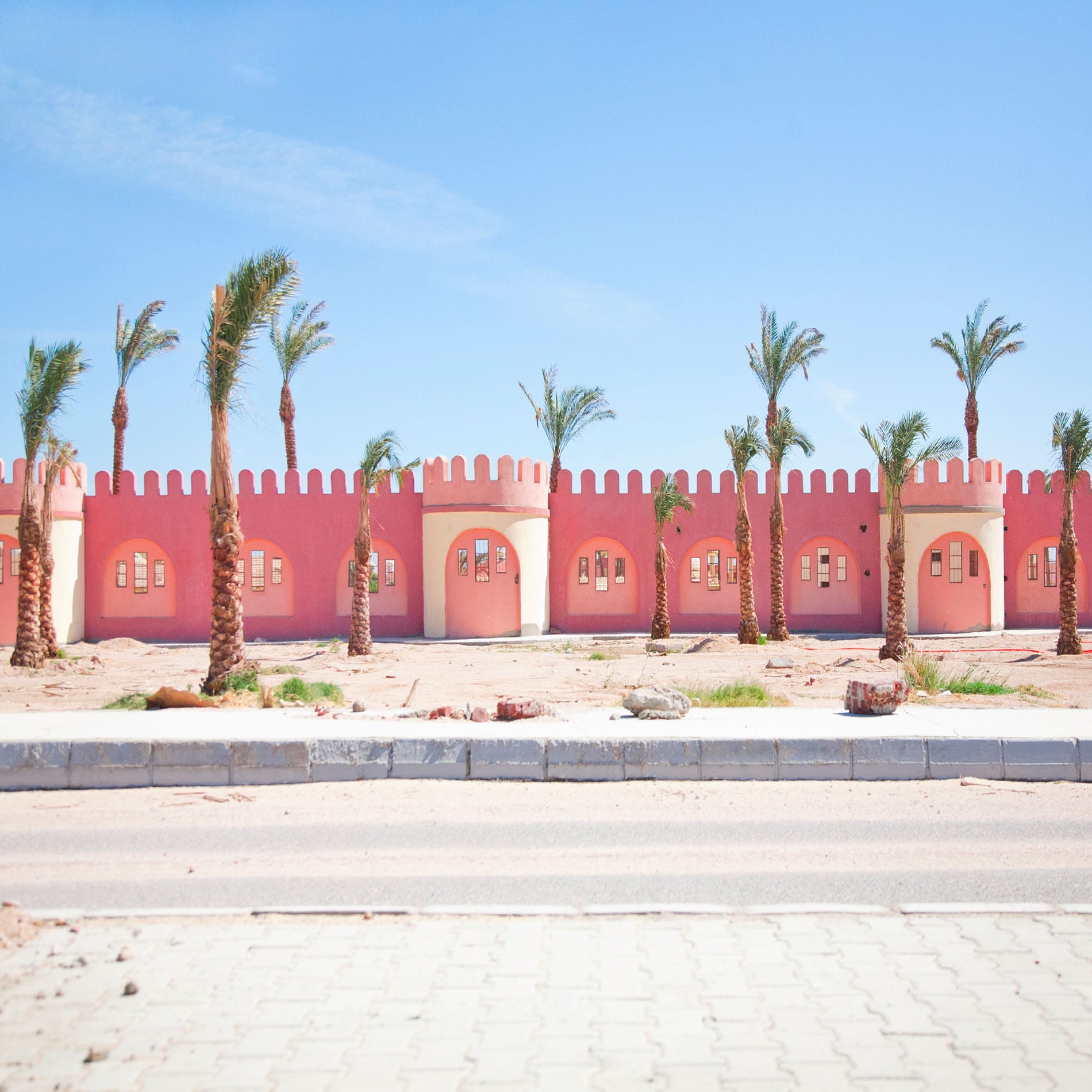

An international jury, comprised of Rein Desle, curator and editor at FoMu Photo Museum Antwerp;…
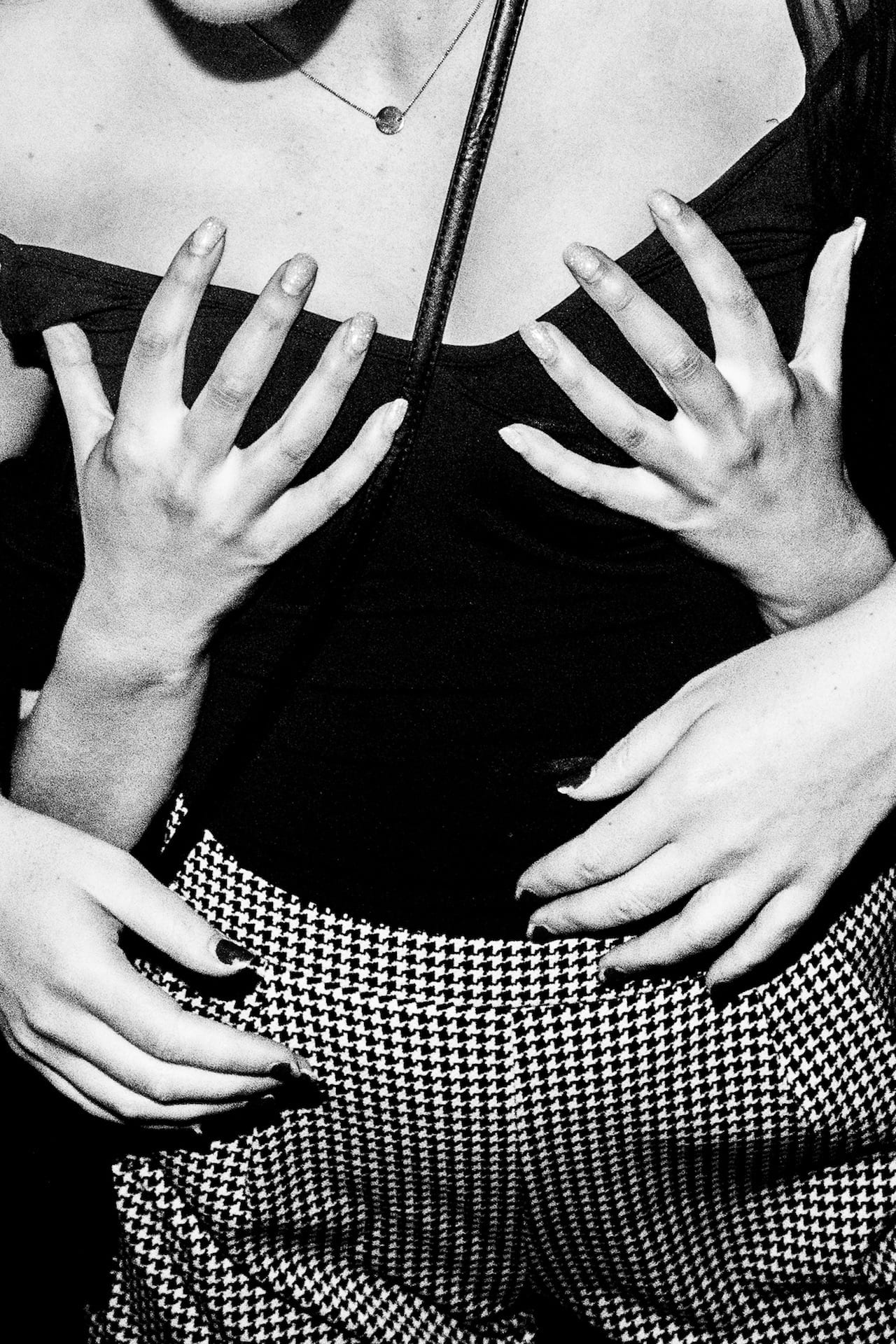
“I’ve spent so many hours on end in the dark, listening to loud music and just watching people, trying to see who I can take photos of and sussing out the environment” says Lionel Kiernan, “my work is a recording of what we can see with the naked eye in these constantly repetitive environments”.
At 21, Kiernan is the youngest photographer, and only Australian, to ever be shortlisted for the MACK First Book Award. After graduating from the Photography Studies College in Melbourne in 2017, Kiernan was nominated this year for his first major body of work documenting Melbourne’s nightlife scene, At Night.
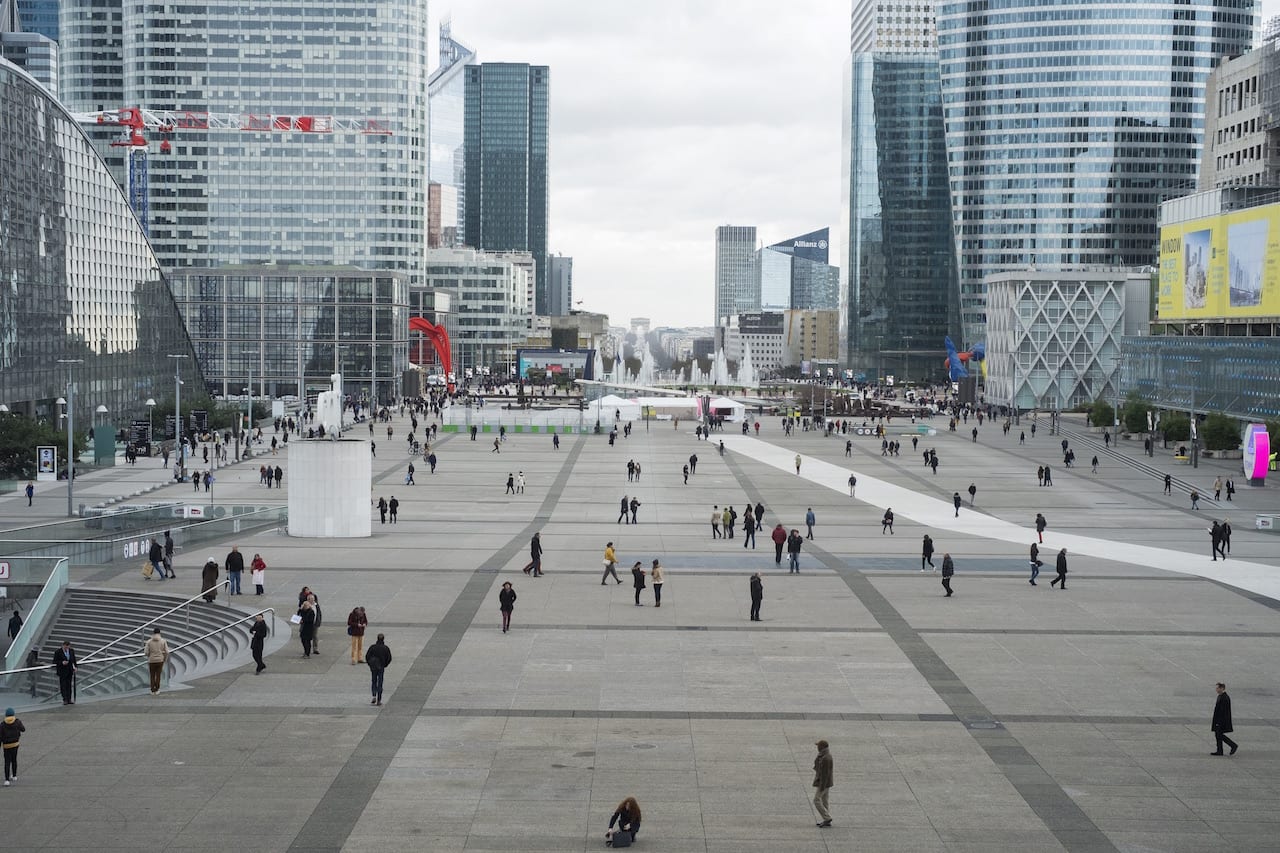
Paulien Oltheten has won the Arles New Discovery Award with her series La Défense, le regard qui s’essaye. Rencontres d’Arles will now buy €15,000 of her work, and add it to the festival collection.
La Défense, le regard qui s’essaye encompasses a video essay, a photo series, and a collection of objects, and was shot mainly in the La Défense financial district in Paris. Recording people going about their everyday lives, the series creates imaginary links between them, adding a fictional element to a documentary project, and a layer of poetry to the otherwise unremarkable. Born in 1982 in Nijmegen, Netherlands, Oltheten studied at the Rijksakademie in Amsterdam, and is now based in Amsterdam and Paris.
Oltheten was selected from the ten photographers who made it into the Arles New Discovery Award exhibition this year – Sinzo Aanza, Monica Alcazar-Duarte, Christto & Andrew, Anne Golas, Chandan Gomes, Thomas Hauser, Anton Roland Laub, Ali Mobasser, Feng Li, Aurore Valade, and Wiktoria Wojciechowska.
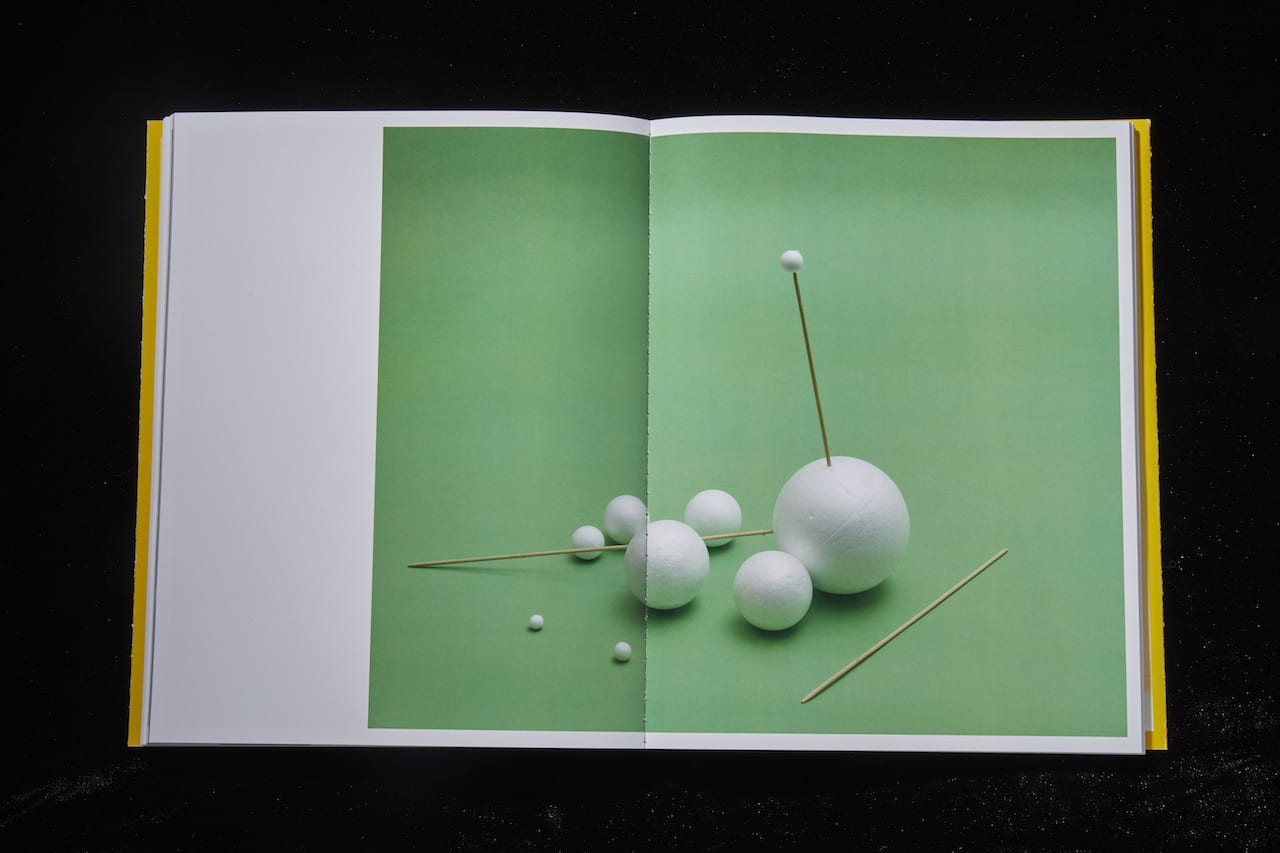
Marina Gadonneix has won the 2018 LUMA Rencontres Dummy Book Award and a €25,000 award to publish her project, Phénomènes. Shot in various laboratories, Phénomènes considers the paradox at the heart of these places – microcosms of larger environments, but microcosms in which nature is strictly measured and controlled.
Born in Paris in 1977 and graduating from the l’École nationale supérieure de la photographie d’Arles in 2002, Gadonneix specialises in creating photographing highly specialised and controlled zones, creating works which “play with the clash of document, simulation and fiction”. Gadonneix won the Prix HSBC pour la photographie in 2006 for a project called Remote Control, a series of empty TV sets.
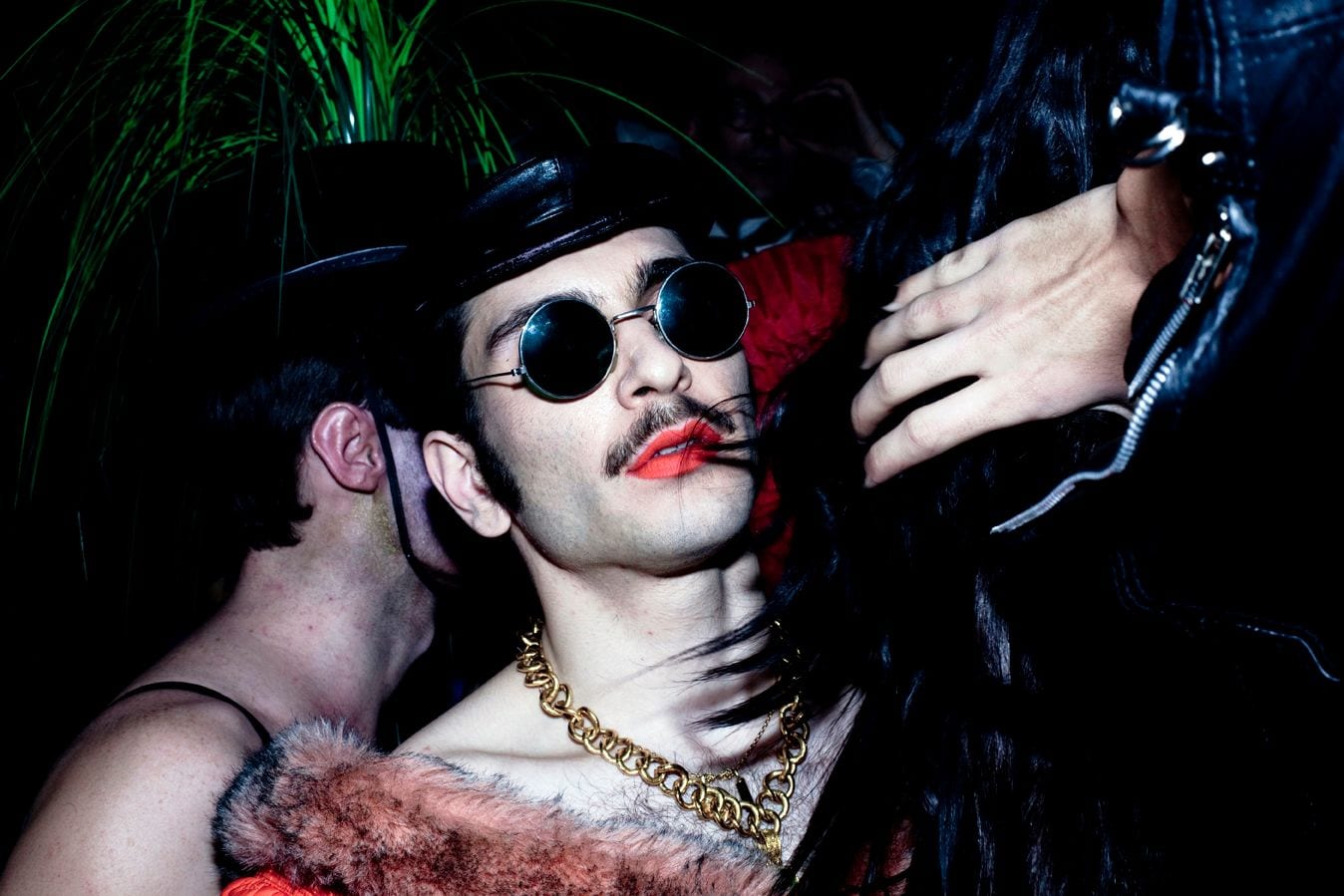
Running during Les Rencontres d’Arles and with an opening week all of its own, Voies Off is a well-established, free, fringe festival. Featuring exhibitions, evening projections, portfolio reviews, and parties – this year sound-tracked by the Africa Fete Festival – it’s the place to discover and be discovered.
Based in the Cour de l’Archevêché in the centre of Arles but with exhibitions running all over town, Voies Off is sponsored by Leica and is screening the 2018 Leica Oskar Barnack Award finalists every night this week except Wednesday. But it also has a well-defined programme of their own, which this year includes an exhibition titled If Slovenia Were… curated by the respected Slovenian/French photographer Klavdij Sluban and featuring work by 19 contemporary Slovenian photographers.
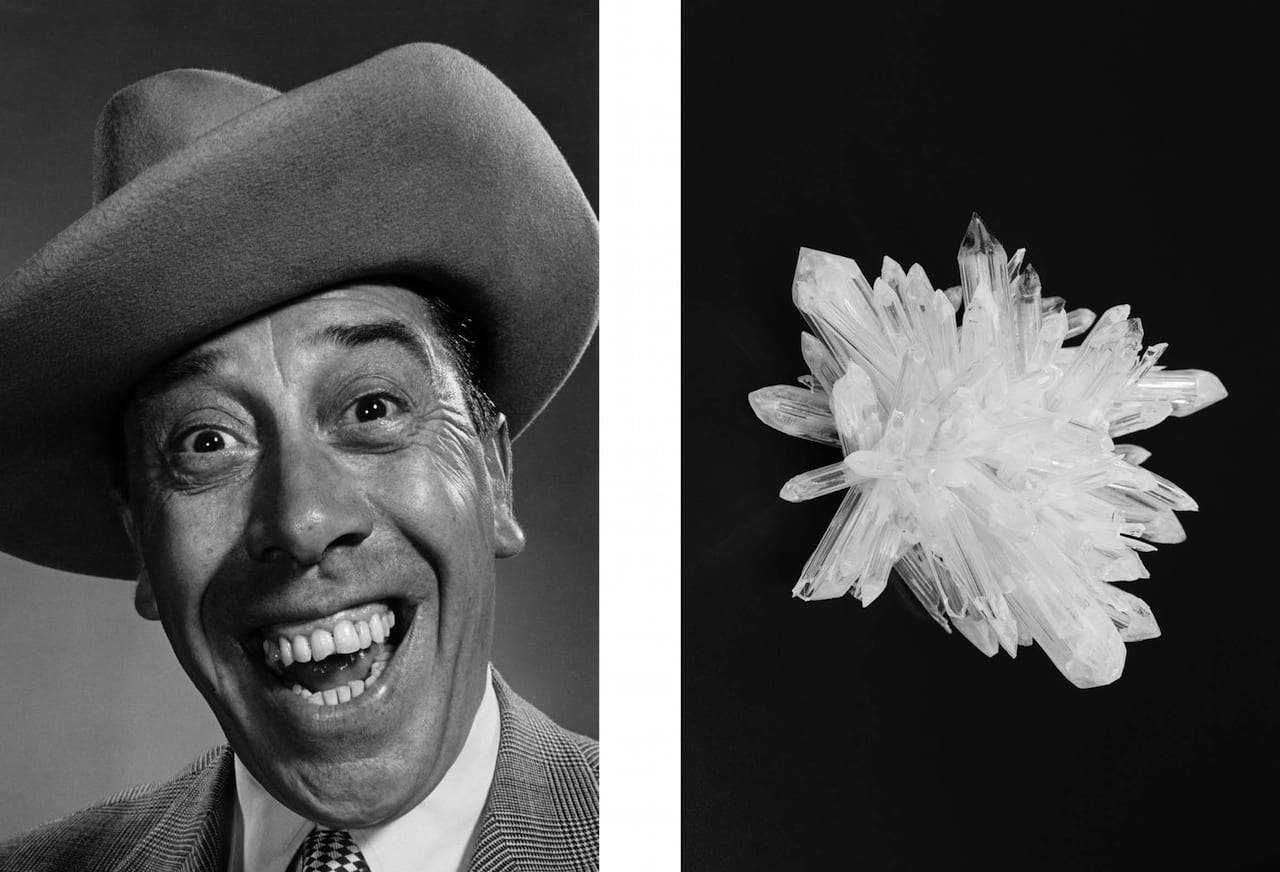
Three winners and one special mention have been announced for the 2018 Prix du Livre at Rencontres d’Arles – and in all four cases, the books use archival or found photography. The Author Book Award went to Laurence Aëgerter’s Photographic Treatment, which is published by Dewi Lewis; the Historical book award went to The Pigeon Photographer, a collection of images by Julius Neubronner published by Rorhof; and – controversially – the Photo-text Book Award went to Adam Broomberg and Oliver Chanarin’s War Primer 2, which was first published by MACK in 2011 but reissued in paperback this year. A special mention went to Giorgio Di Noto’s The Iceberg in the Author Book Award, which is published by Édition Patrick Frey.
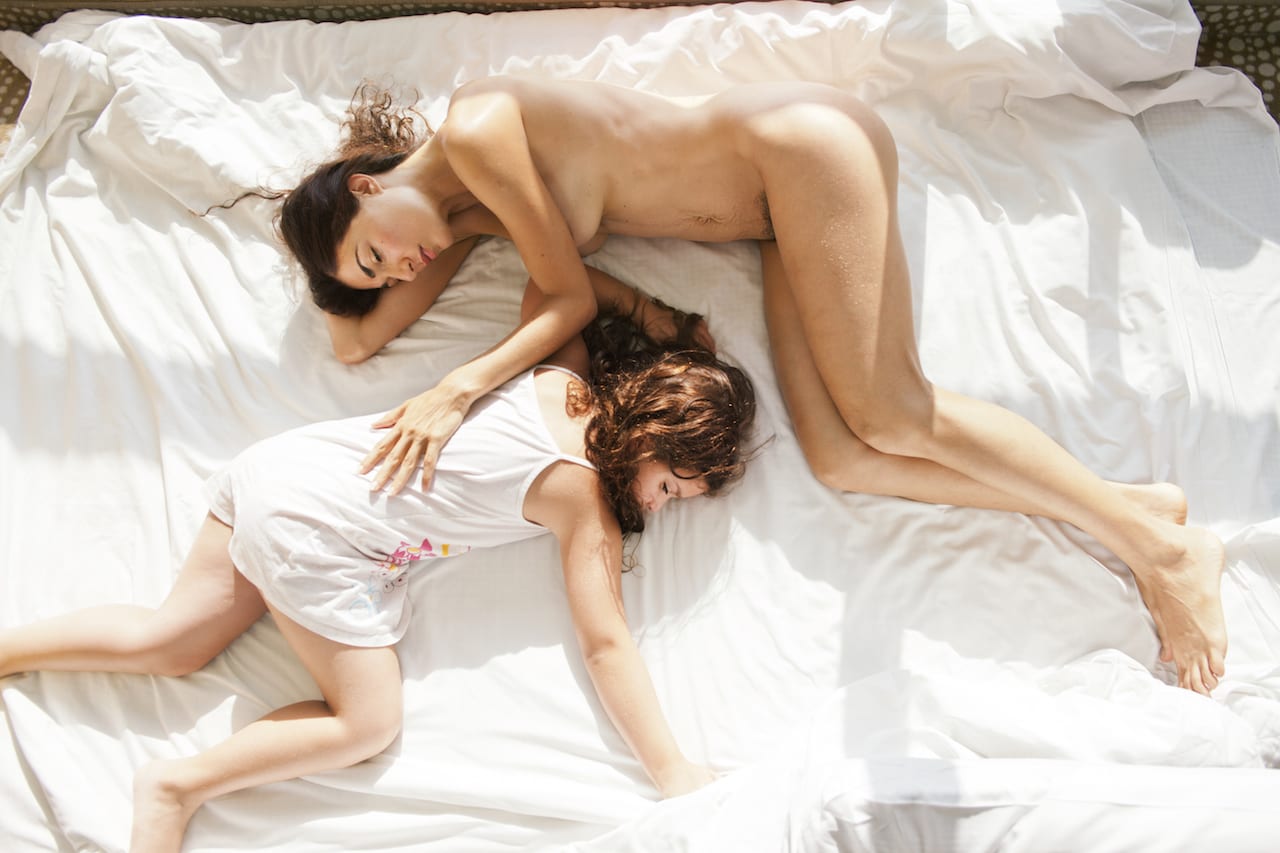
Every year, Cortona On The Move has a focus, and this time it reflects the festival’s mission more directly than before by placing the spotlight on female photographers. “My selection is never a list of ‘favourites’, but rather involves an attempt to listen to what is happening around me, globally, both on a political, social and economic level, as well as in the field of photography itself,” says Rinaldo.
“These past months, women and women’s issues have been at the forefront of discussion in various fields, often in the news and even more on the street – protesting, resisting, demanding. My small contribution to this ‘movement’ is to acknowledge the numerous women photographers who tread the world to tell stories; to give them space and make them protagonists.”
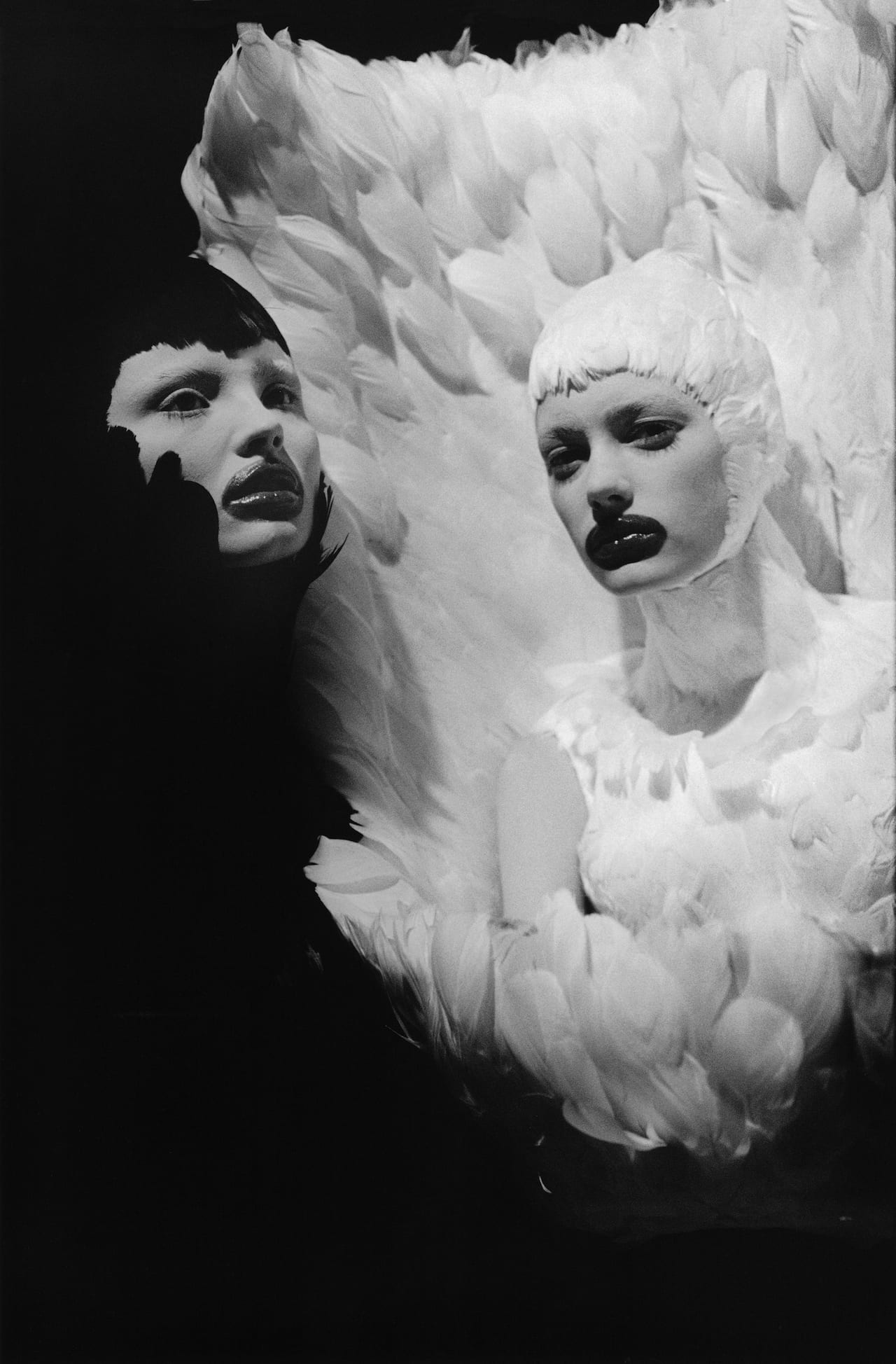
Since its inception in 1970, Les Rencontres d’Arles has been a major influence in disseminating…

1854 Media scooped the prestigious prize at the 2018 Professional Publishers Association (PPA) Awards
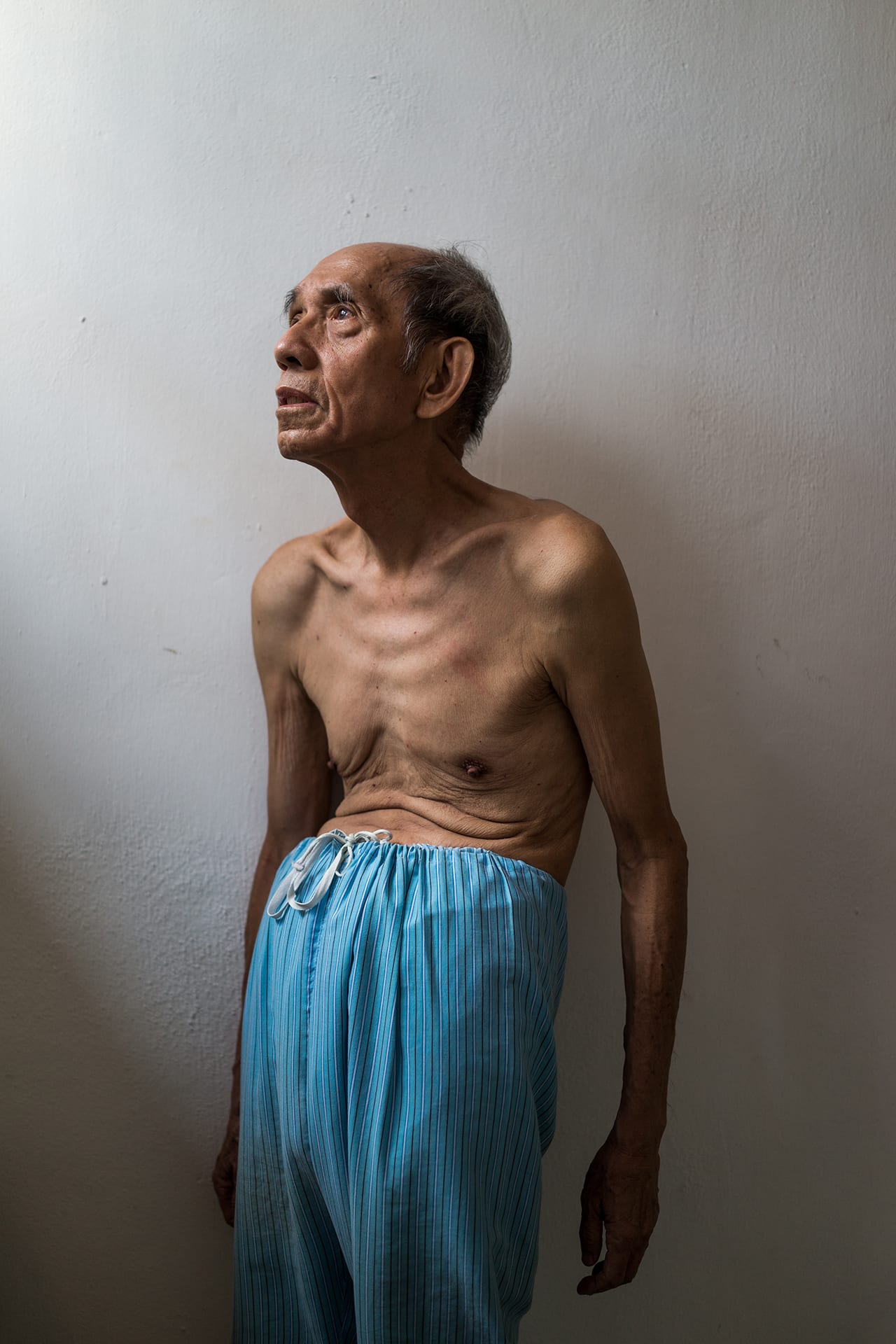
It’s disconcerting to think how years of work and effort, of countless hours spent practising and honing a skill, can be wrenched away from any of us in just a few minutes of misfortune. It’s also, for any of us used to good health, troubling to consider how reliant we are on the basic functionality of our bodies. A photographer, for example, needs to be able to hold a camera, to have the strength to frame a shot and time the click of the shutter in the heat of the moment. Shorn of that basic ability, what are we left with? Early one morning in May 2015, Sim had to face that exact question.
She was on assignment for a French newspaper, travelling to the Tumen Economic Development Zone, a government-owned complex of Chinese factories on the edge of the border with North Korea. Tumen employed North Korean labourers who, with state sanctioning, would be sent to live and work in the economic zone. The brief was to capture how North Korea and China trade. This place seemed like the perfect microcosm for that complex relationship – the makings of great pictures.
Entering Tumen with her driver and colleagues from Le Monde, she failed to spot a sign that read: “No smoking, photography, or practising driving”. As they approached the factories, the car passed a small group of women in black jumpsuits, knelt by the roadside picking weeds from the ground. Sitting in the driver’s seat with the window wound down, Sim instinctively raised her camera and fired off a couple of shots. “Almost immediately, the women turned around, ran towards the cab, and reached into the car,” she wrote in an article for ChinaFile, recounting events.